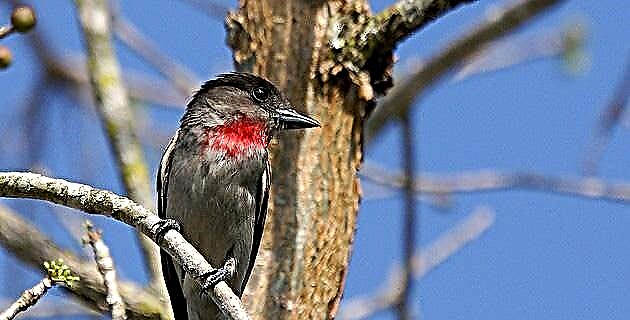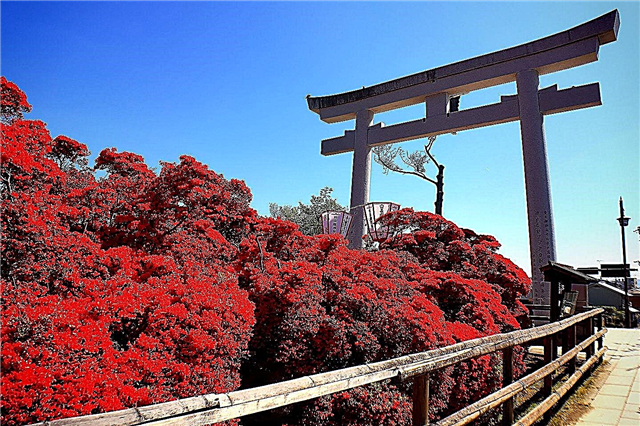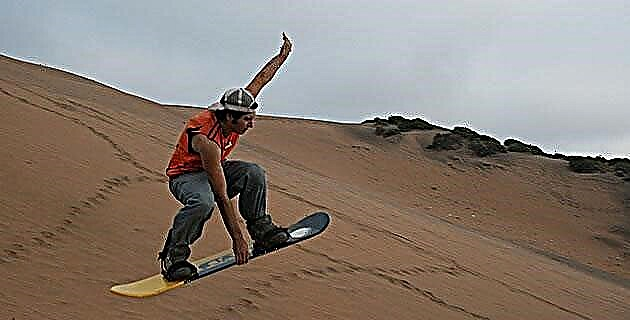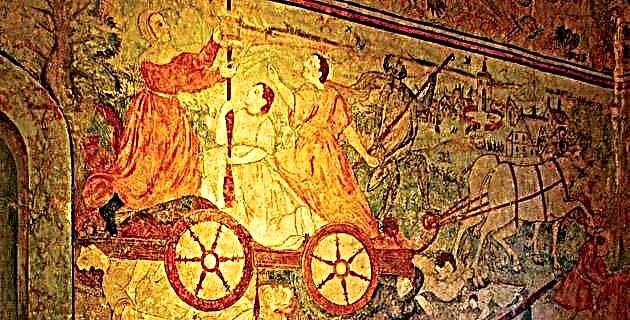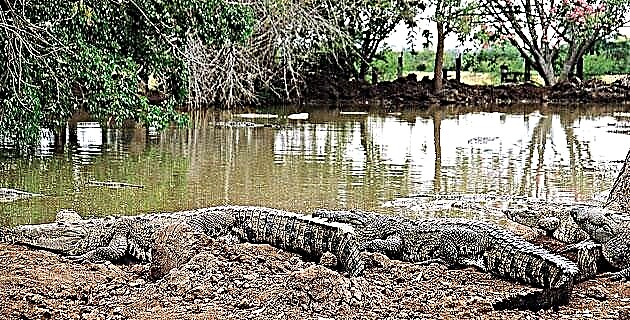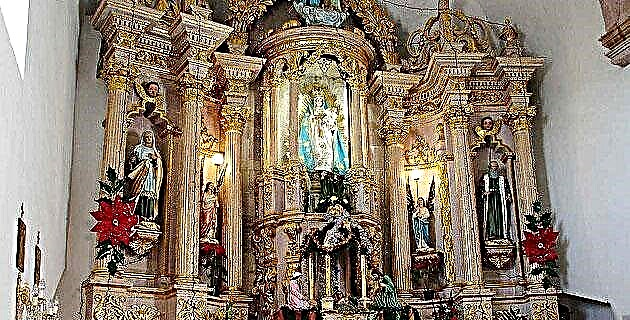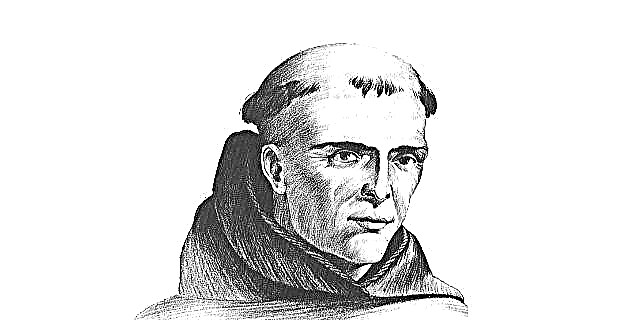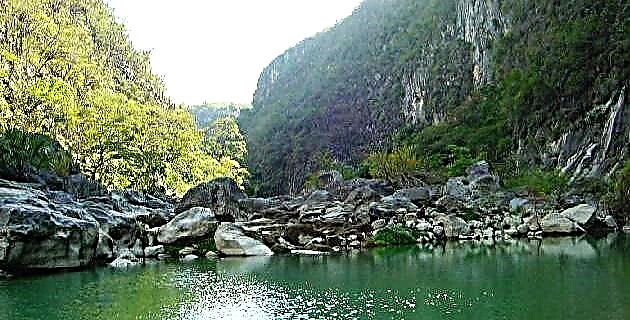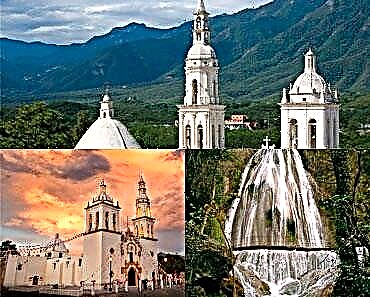Known as Villa de Santiago, this Magic Town Colonial surrounded by beautiful landscapes, it has exquisite gastronomy and a unique combination of adventure and tranquility as the occasion warrants. We do not tell you more and we help you to know it with this Complete Guide.
1. Where is Santiago and how can I get there?

The city is located in the central west region of the State of Nuevo León, exactly in the valley formed between the Sierra Madre and the Sierra de la Silla. It is bordered by the following municipalities: To the north with Monterrey and Juárez, and to the south with Allende. To the southwest are Montemorelos, Rayones and Arteaga, and to the east we find Cadereyta, while to the west it borders Arteaga and Santa Catarina. Santiago becomes a border with up to 8 municipalities due to its irregular perimeter. It is located 30 km from Monterrey and taking federal highway 85 we will enjoy a pleasant journey full of vegetation, without taking more than 30 minutes on the trip.
2. What is the history of Santiago?
Its lands were inhabited during pre-Hispanic times by the Guachichil Indians, belonging mainly to the peoples called Rayados and Borrados. These indigenous people lived by hunting and collecting nomadism. When the conquerors arrived in the 16th century, Don Diego de Montemayor was benefited by the Spanish crown with the ownership of vast tracts of land, which included the territory of the current town of Santiago and its surroundings. These properties would be inherited by the following generations of the Montemayor family, although not permanently occupied, due to the hostility of the Indians.
Although there is no certain date for the founding of Santiago, it is attributed at the end of the 17th century to Captain Diego Rodríguez de Montemayor, who settled with his wife Inés de la Garza, in the so-called Hacienda Vieja. For the year 1831, the municipal seat was named Villa de Santiago, a name that it retains to this day. In 2006, the Mexican Ministry of Tourism incorporated the town into the Magic Towns system to enhance the tourist use of its many attractions.
3. What weather awaits me in Santiago?
With a height that varies from 450 meters to 2300 meters, Santiago is located in a valley with irregular topography, enjoying a temperate / humid climate, with an average annual temperature of 21 ° C in its lowest part. In the highest areas, in the middle of the mountain, the thermometer shows around 14 ° as an annual average.
In winter it cools down to 11 ° C, although extreme cold has been recorded below zero degrees, while on the hot side, in the last 60 years the thermometer has never reached 30 ° C. Santiago does not have much rain, with average annual rainfall of 1,300 mm in its lowest part and 600 mm in its highest part. Cold weather but quite pleasant in general, do not forget to bring your coat if you go to the upper part of Santiago.
4. What are the most outstanding places of interest in town?

Santiago is full of natural beauties worthy of admiration. The Cola de Caballo and Chipitín Canyon waterfalls are well known and frequented by tourists. The Matacanes Canyon and Cueva de la Boca are other natural attractions worth visiting. The colonial architecture of Santiago can be seen in its Historic Center, where the Parroquia de Santiago Apóstol and the Casa del Arte y de la Cultura are located. In the center you will find a viewpoint from where you can observe many of the natural beauties that surround the city.
5. How is the Cola de Caballo jump?

Located in the Cumbres de Monterrey National Park, it is formed by the waters that descend through the stowage of the Sierra Madre Oriental, to finally become a beautiful 27-meter drop, shaped like a horse's tail, from which its name comes. . The place is surrounded by lush vegetation and has a staircase that allows you to observe the waterfall from different angles. If you want to follow the horse wave, in the place you can rent a gentle equine to know the place as if you were in the 19th century. You can also rent ATVs and mountain bikes. The Cola de Caballo waterfall area is used by locals and tourists to enjoy picnics and outdoor entertainment.
6. ¿What is the Chipitín Canyon like?

If what you are looking for is adrenaline rushing, this place is perfect for you. You can find up to 7 rappel areas of various levels, so it doesn't matter if you are a beginner or an expert, because fun is guaranteed. Accessing the rappelling sites is only possible in 4 x 4 vehicles, going up to the town of Puerto Genovevo, where the Emoción Extrema tour operator is located. The Chipitín Waterfall is a 90-meter jump that leads to a pool with turquoise waters, being the perfect combination of beauty and adventure.
7. What attractions does the Historic Center have?
Strolling through the Historic Center is to relive the culture and history of Santiago, with its magnificent colonial architectural works headed by the Santiago Apóstol Church, the House of Art and Culture and the Museum of History. Through the streets of the Historic Center we can access the Melchor Ocampo and Miguel Hidalgo y Costilla squares, where we recommend you enjoy their open-air art shows. The center of Santiago is also known for restaurants with exquisite local cuisine, which no tourist should miss trying.
8. What can I find in the Museum of History?
On the first floor of the Municipal Presidency is the Museum of History of Santiago. Here you will find all kinds of objects and belongings of the first inhabitants of the town, as well as readings about its economic, social and cultural development. In addition, in a very well explained chronology, you will know the history of the town from the first aborigines, through colonization and its subsequent consolidation. The museum is very well preserved and is the pride of the people of Santiago.
9. What are the best hotels to stay in?
Santiago has a varied hotel offer, so you will surely find a place that suits your taste and budget. In the center of the city, Hotel Las Palomas de Santiago boasts an excellent quality of service; It is nice and familiar, with an attractive colonial style decoration. Posada de Colores is another central and affordable option, with very clean rooms, and run by its owners. Hacienda Cola de Caballo is the option for lovers of intimate contact with nature. With beautiful landscapes around it, it is the perfect place to rest, it is located 6 km from the center and has all the services that tourists may need to enjoy disconnected from the hustle and bustle of the city.
10. What are the best restaurants?
The gastronomy in Nuevo León revolves around beef and pork. La Casa de la Abuela, located right in the center, is a modest place with a family atmosphere and typical food from the city. Another good option is Las Palomas de Santiago, a hotel that also has one of the best restaurants in the city, where we can recommend the roast pork accompanied with corn tortillas. La Chalupa is a colorful little restaurant near Santiago's Main Plaza that is praised for its typical Mexican cuisine. Near Santiago, on the national highway, is El Charro, an unmistakable place for the huge hat on the roof, whose specialty is egg-based breakfasts. Finally, for sweet lovers, La Fábrica de Chocolate offers delicious desserts and hot or cold drinks, as well as the best churros in Santiago.
With these tips at hand, we do not doubt that your stay in Santiago will be the most pleasant and we can only ask you to send us a comment about your experiences in this beautiful Magic Town.


